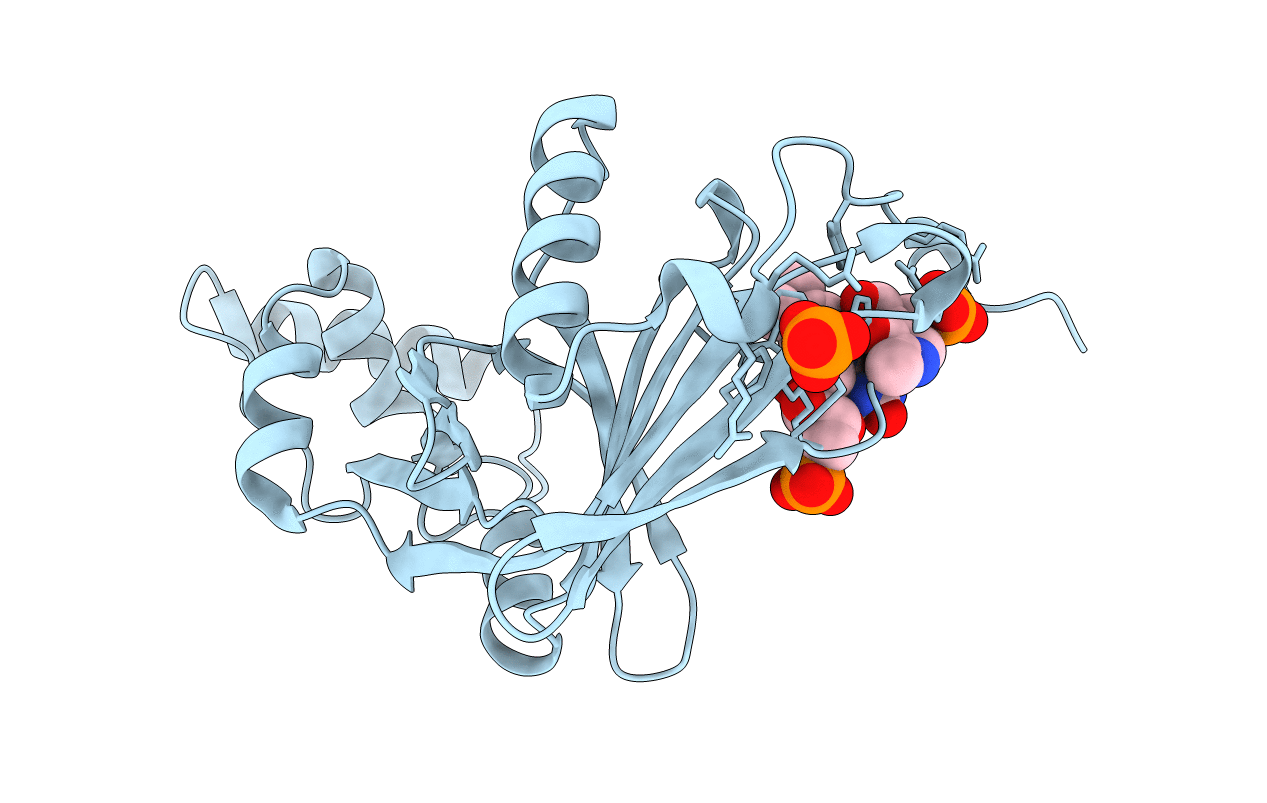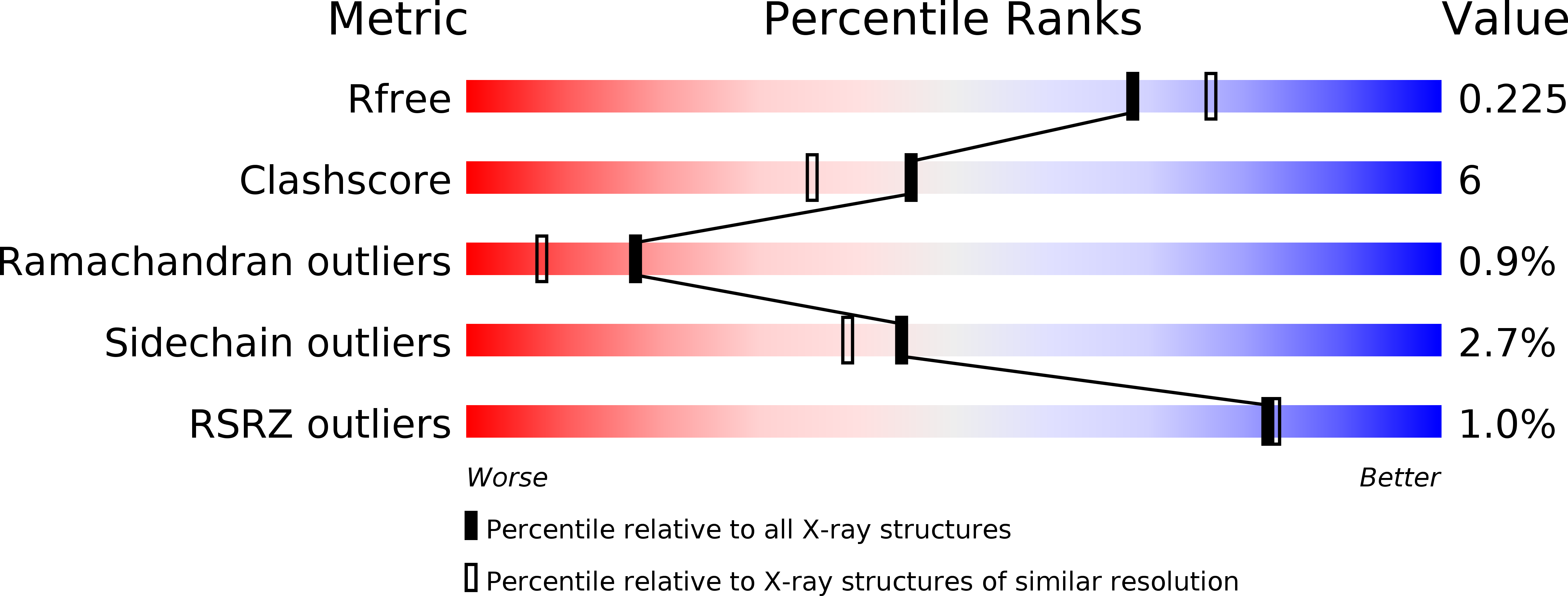
Deposition Date
2001-07-25
Release Date
2001-08-01
Last Version Date
2023-11-15
Entry Detail
PDB ID:
1JNW
Keywords:
Title:
Active Site Structure of E. coli pyridoxine 5'-phosphate Oxidase
Biological Source:
Source Organism:
Escherichia coli (Taxon ID: 562)
Host Organism:
Method Details:
Experimental Method:
Resolution:
2.07 Å
R-Value Free:
0.23
R-Value Work:
0.17
R-Value Observed:
0.17
Space Group:
C 1 2 1


